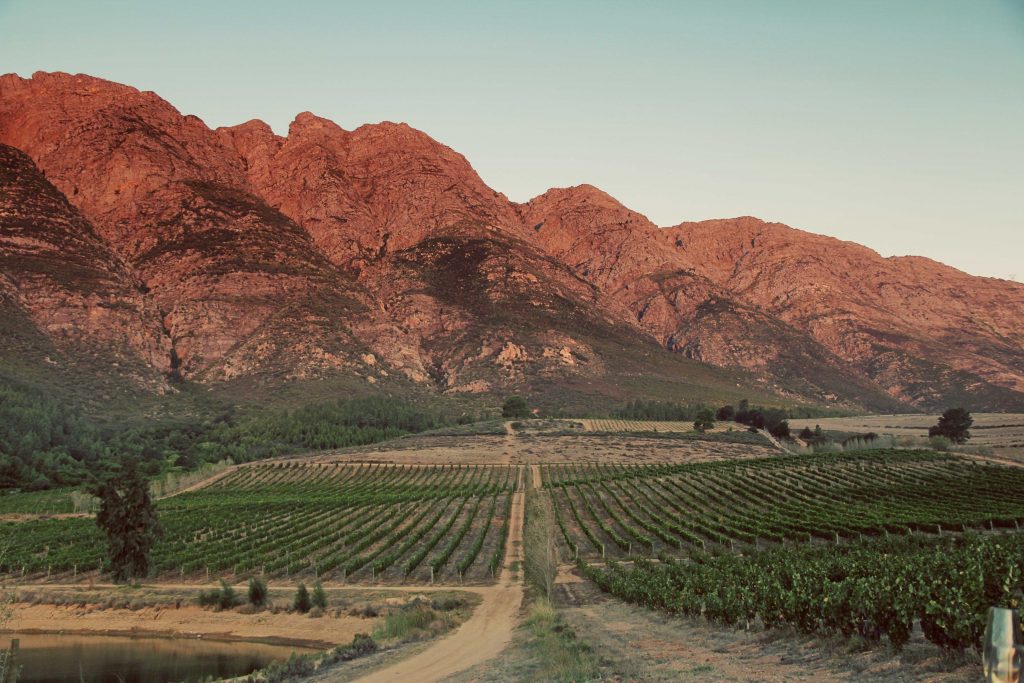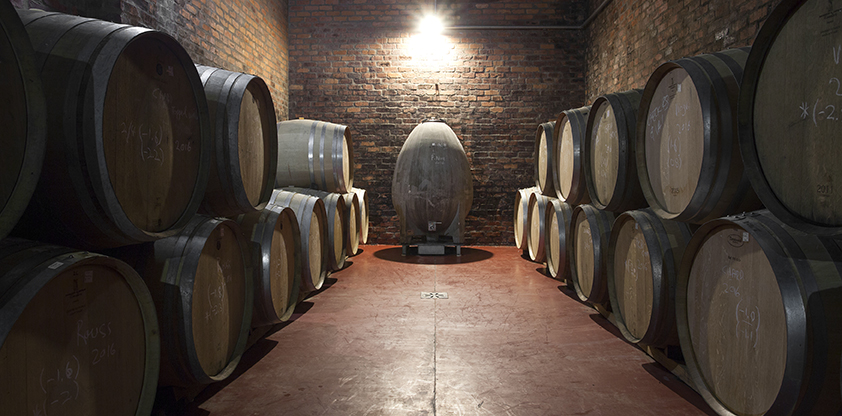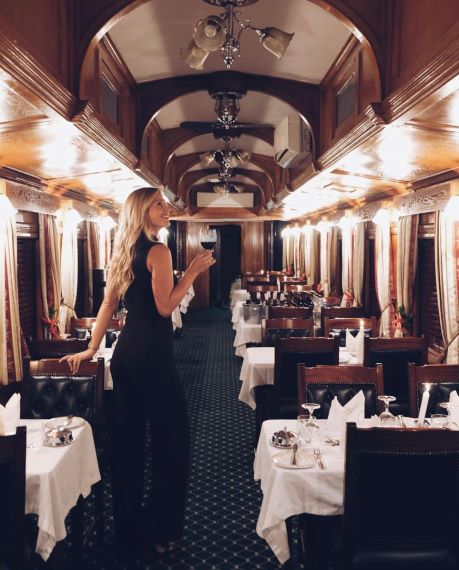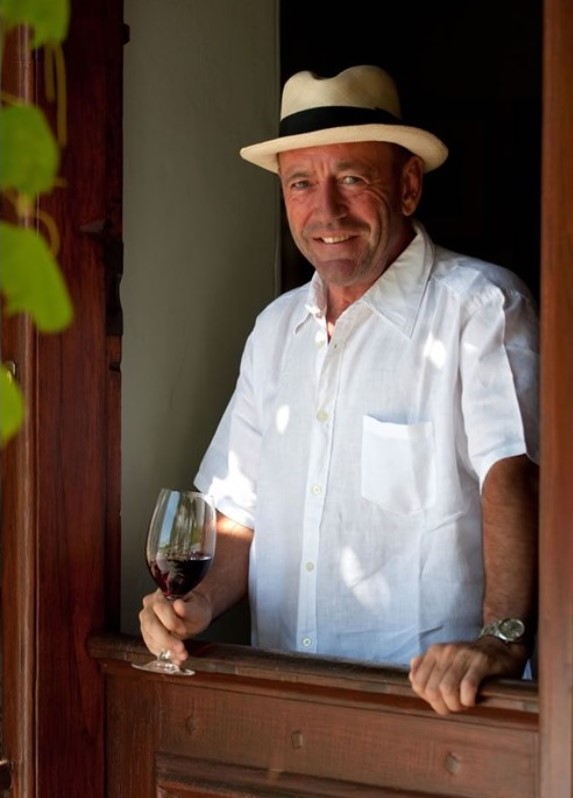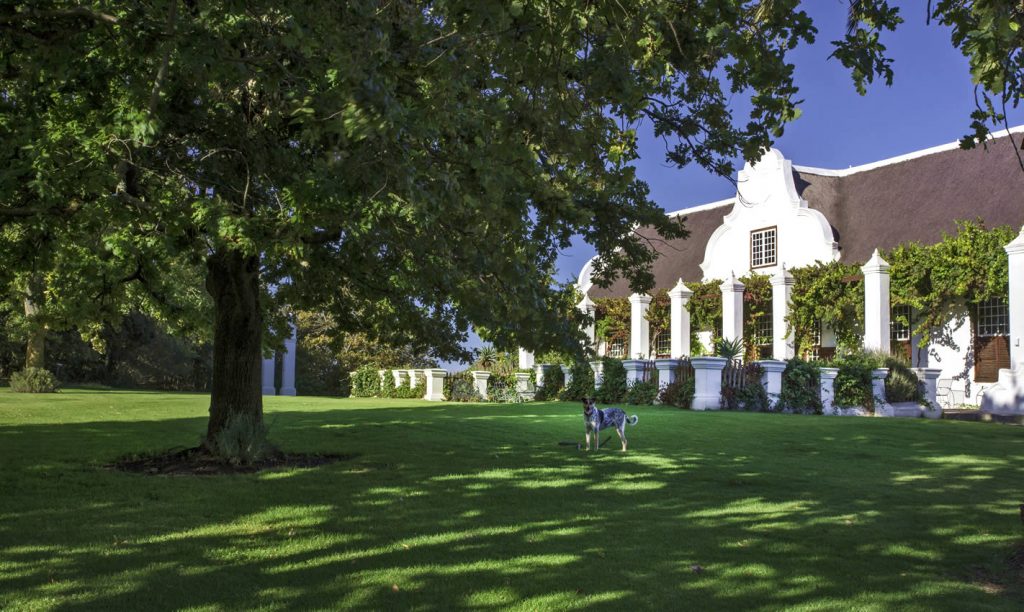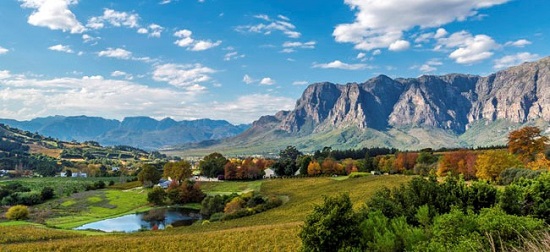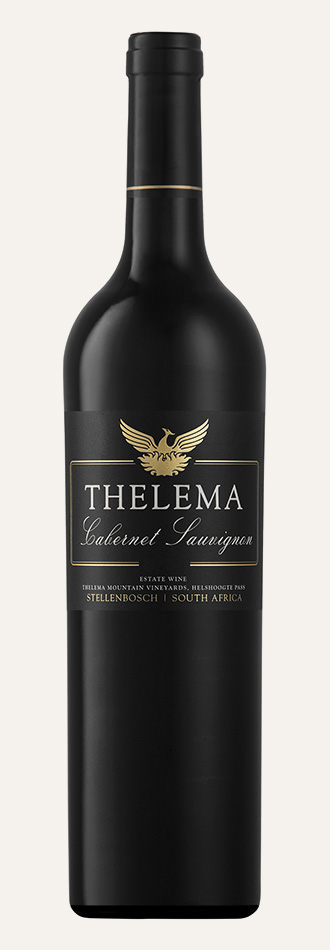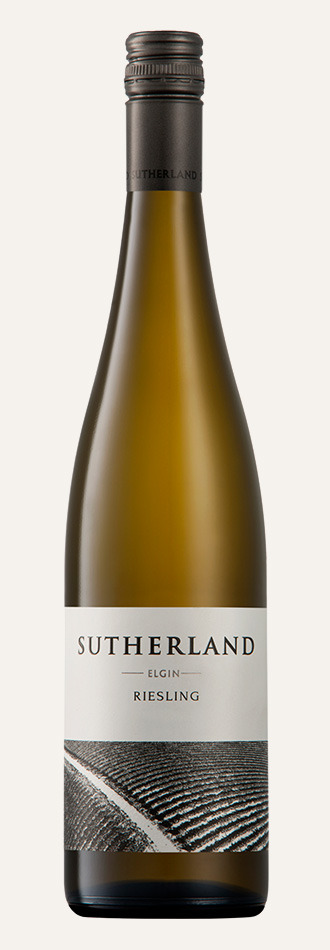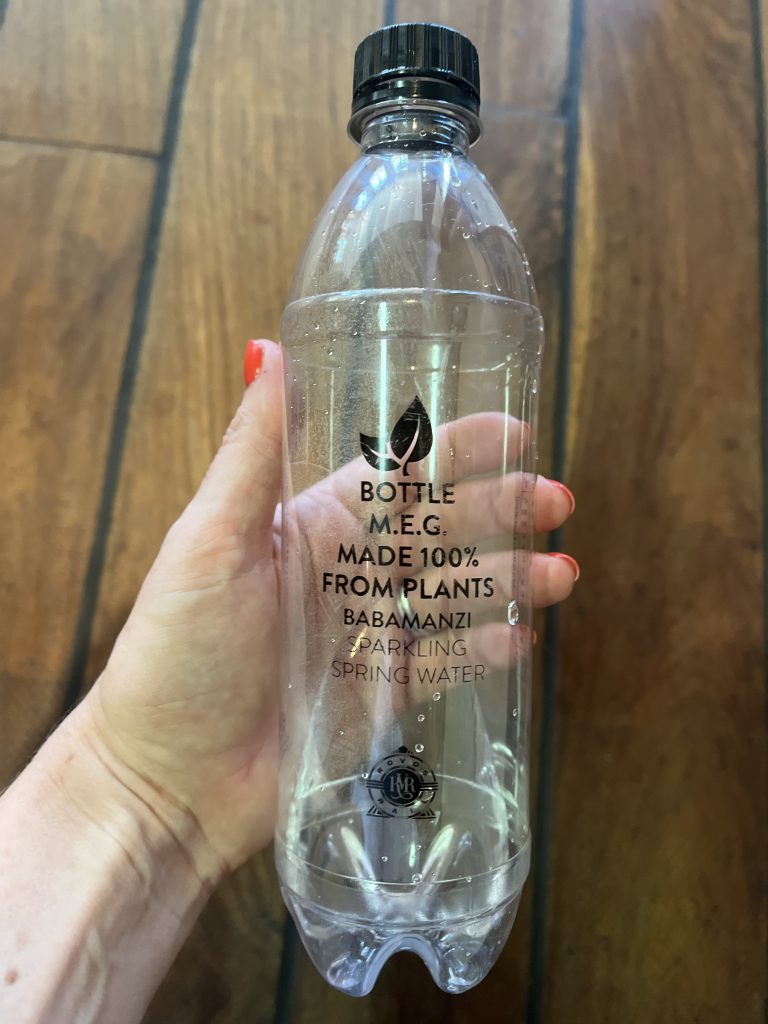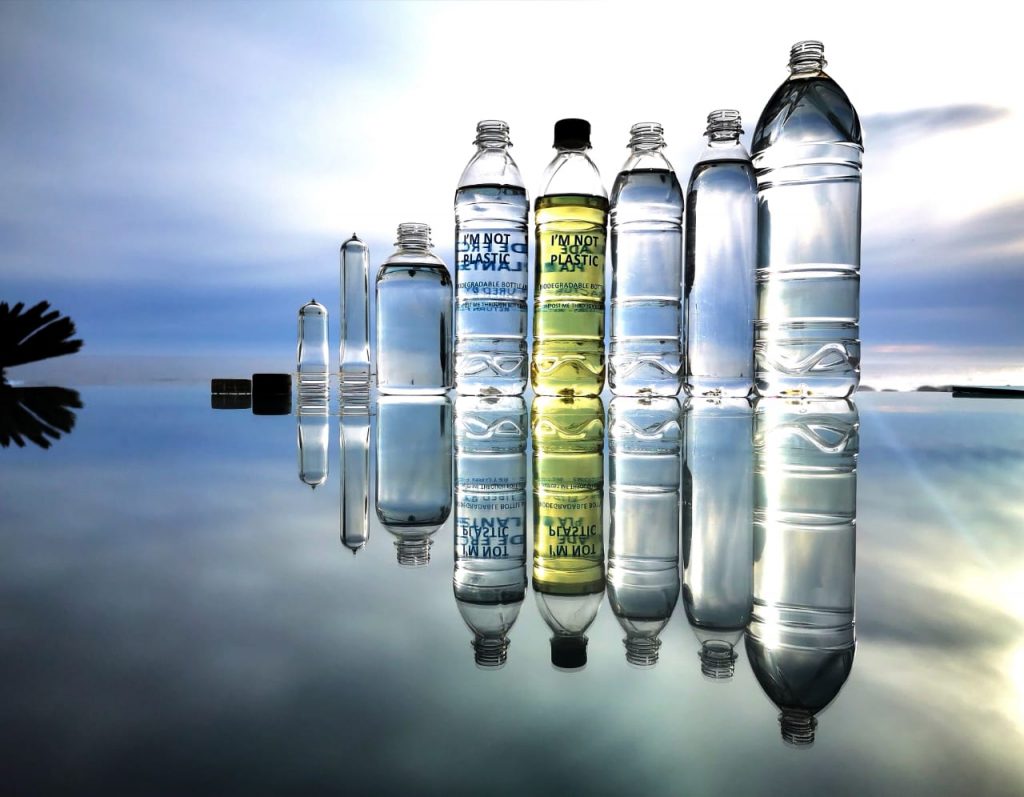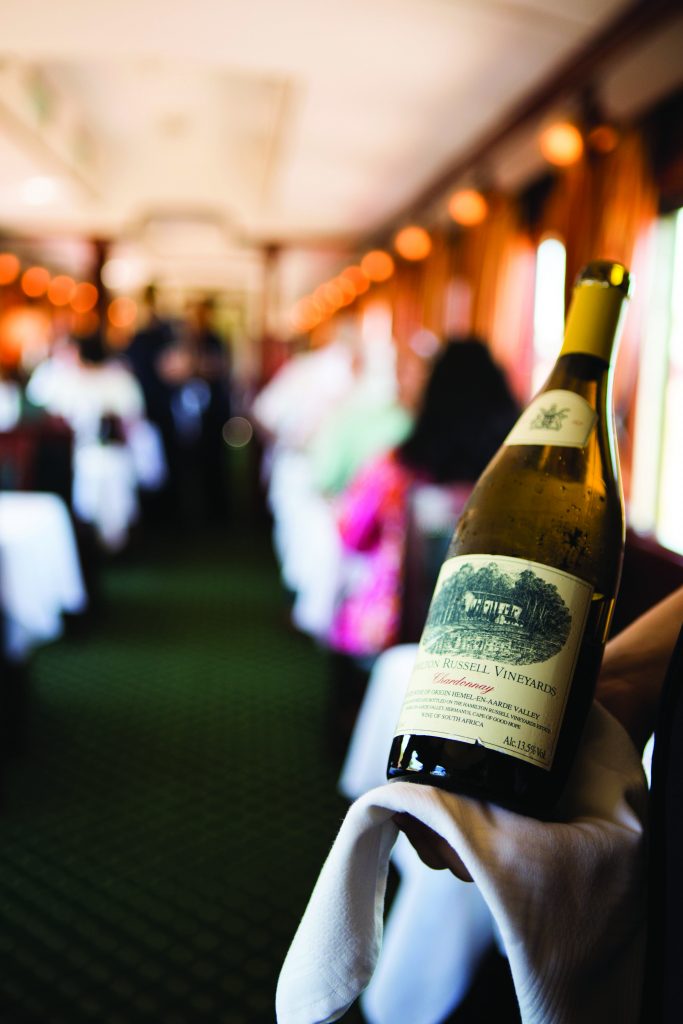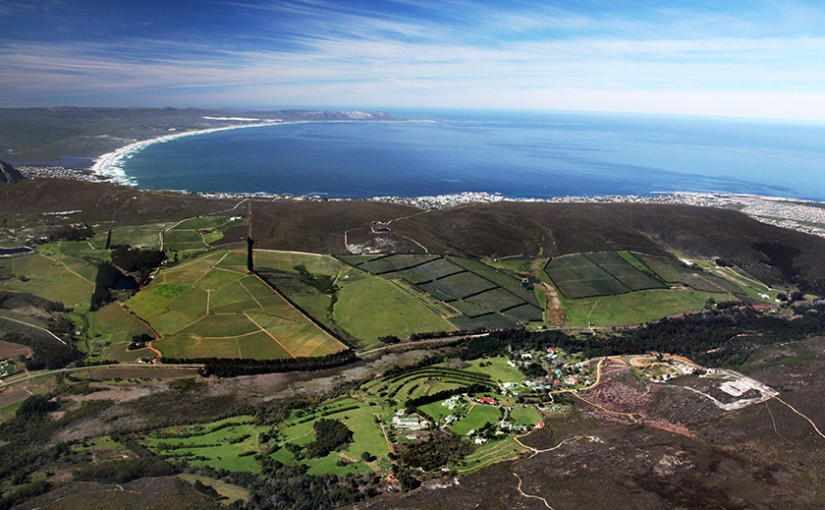Shopping for Lobito
Shopping for Lobito began in late April, about six weeks prior to the train’s departure from Pretoria.
As you can imagine, shopping for the Lobito train, which travelled through areas which are sometimes difficult to find on a map, required a significant amount of planning; especially when it came to food and beverages. With no real opportunities for a resupply of fresh produce or items such as wine along the way, most of the stock had to be loaded onto the train in Pretoria.
At Rovos Rail, we work so hard to try and deliver creative food and an array of beverages to our guests on a daily basis which is quite the challenge on a train which is travelling, with six different sets of passengers on six different journeys, a distance of 23 400kms! We caught up with Maryke and Dominique, the matriarchs of our food and beverage department, to find out just how they went about shopping for Lobito.
Dominique, the head of our food and beverage department, advised that the kitchen team on board have a fresh fruit and vegetable resupply at specific points along each of the six trips:
- Pretoria to Cape Town journey: All stock will be loaded onto the train in Pretoria
- Cape Town to Dar es Salaam: The kitchen team stocks up in Cape Town and then again in Krugersdorp
- Dar es Salaam to Lobito: A full order of fresh produce is ordered a month in advance and delivered to the train in Dar es Salaam
- Lobito to Dar es Salaam: We are able to restock certain items in Lobito so our kitchen teams have to go shopping at local markets for any outstanding fresh produce
- Dar es Salaam to Cape Town: Again, a fresh order is delivered to the train in Dar es Salaam and a resupply is ready in Krugersdorp
- Cape Town to Pretoria: A full order is delivered to the train in Cape Town
The logistical planning of food, beverages and the supply of water is astounding with our teams persistently following up to reconfirm orders with new vendors who perhaps do not understand how crucial these supplies are to the success of these journeys.
Other interesting and jaw-dropping facts are the quantities of certain items consumed.
Examples are
- 4000 to 5000 eggs used for breakfast service and baking
- 4900 bread rolls
- ± 890 to 1500kgs of sustainably sourced meat
- ± 780 to 800kgs of sustainably sourced fish
- ± 680kgs of dairy produce (milk, yoghurt, creams and a wide variety of cheese options)
It’s impressive, isn’t it?
Dominique tells us that all dry goods are all resupplied at the locations mentioned above because there is not enough space on board to carry it all.
In addition to the stocking of food produce, all liquor, non-alcoholic beverages and bottled water also had to be loaded prior to the train’s departure in Pretoria.
The issue of fresh bottled water, both still and sparkling, has always been a challenge because boxes of water take up much needed space on the train. And as some of you may know, large quantities of bottled water can be costly, especially cross-border in countries such as the Democratic Republic of Congo and Angola – shopping for bottled water in areas such as Kolwezi or Lobito is too difficult and far too expensive.
One of our saving graces is that we had the foresight about 20 years ago to recognise the demand for bottled water (as opposed to tap) so we set up our own water supply company in Cape Town which we called Babamanzi. The company is SANBWA approved and adheres to all the necessary regulations in addition to using plant-based bottles which are also sent back for recycling.
In total, across the six journeys, 600 boxes of still and 300 of sparkling water were loaded onto the train.
And as for the rest of the beverages provided on board. Well, a full bar is loaded onto the train which consists of a variety of wines, spirits, liqueurs, beers, ciders, mixers and a robust supply of non-alcoholic drinks such as cocktails, beers and juices. For these six journeys, our bar team loaded nearly 1000 boxes onto the train with opportunities for any required resupply only available in major city centres.
We spent some time with Maryke, Dominique and the kitchen team, filming behind-the-scenes of chef training, coordinating and packing. We are continuously impressed by our food and beverages team and are always grateful for their ability to learn from each journey so that the preparations for future trips are even more efficient.
Click here to watch the team in action.
The 19th of August, marked the end of our Trail of Two Oceans trip for 2023. The train has successfully travelled from Pretoria to Cape Town, from the Mother City to Dar es Salaam and for the Tanzanian capital all the way to Lobito in Angola and back. It’s the third time we have operated the Trail of Two Oceans and we are proud that each venture, although laboured with all sorts of behind-the-scenes challenges, has been successful!



